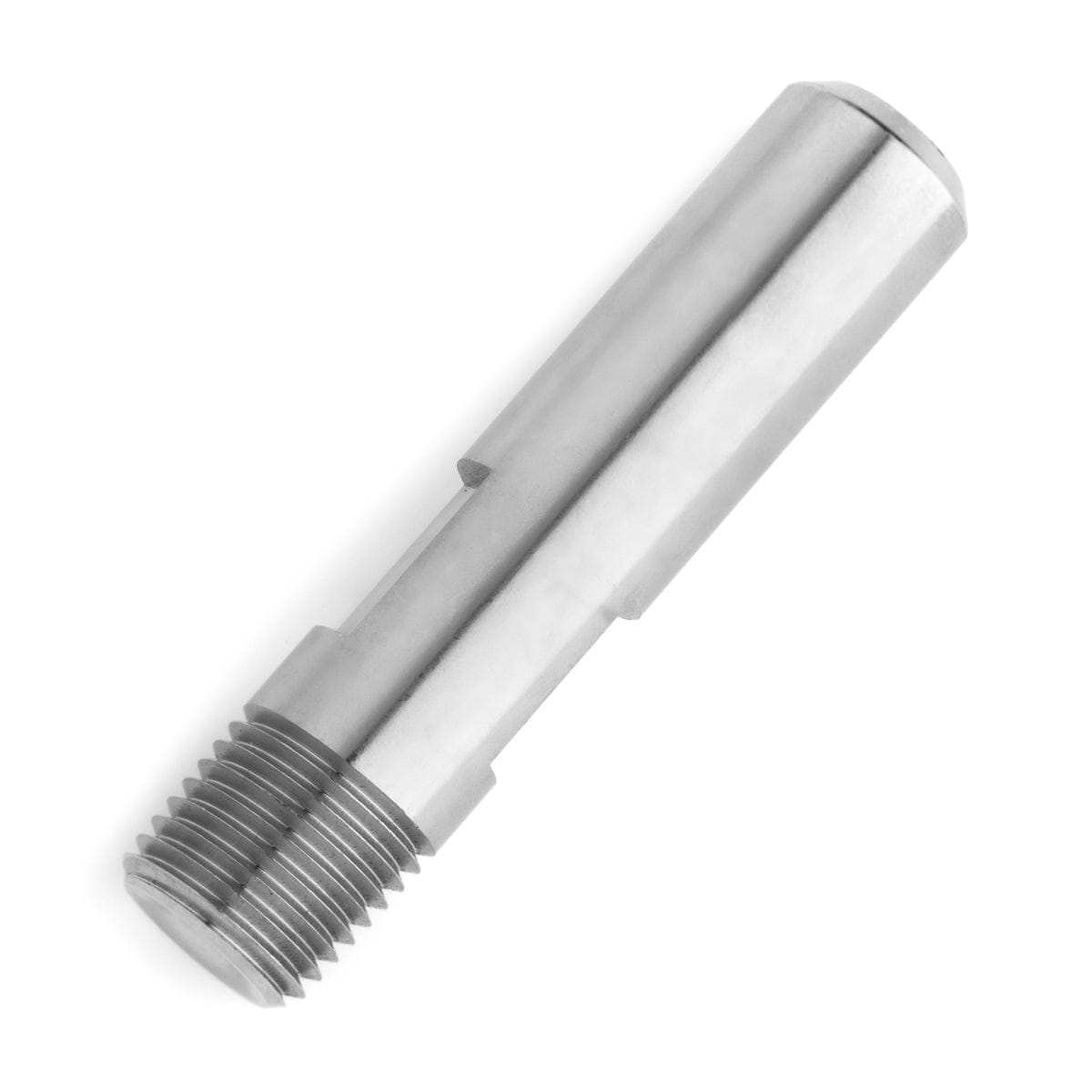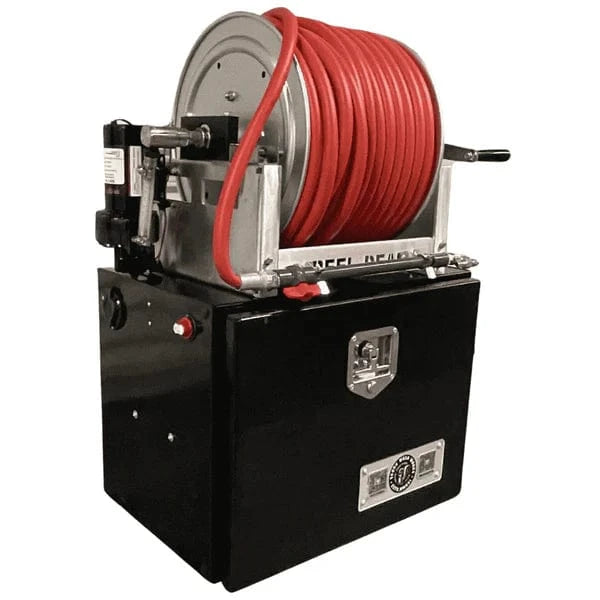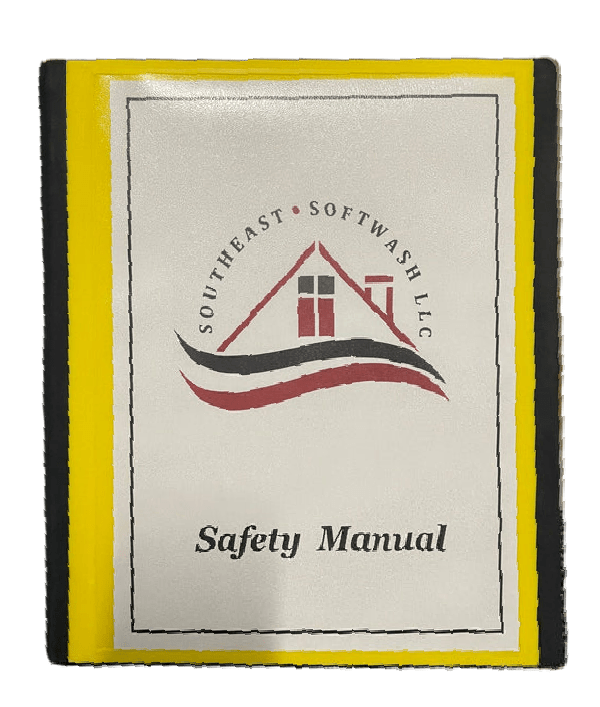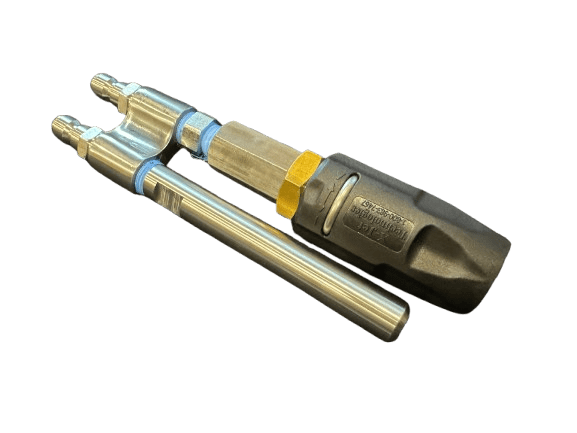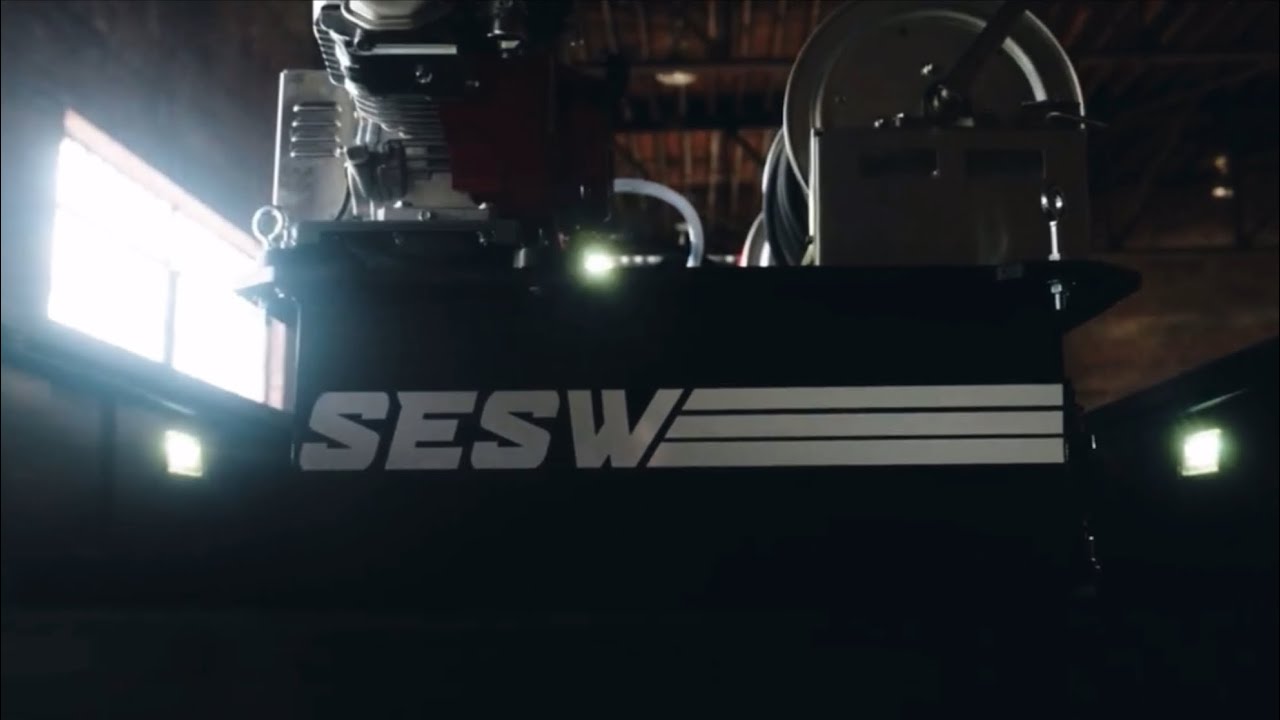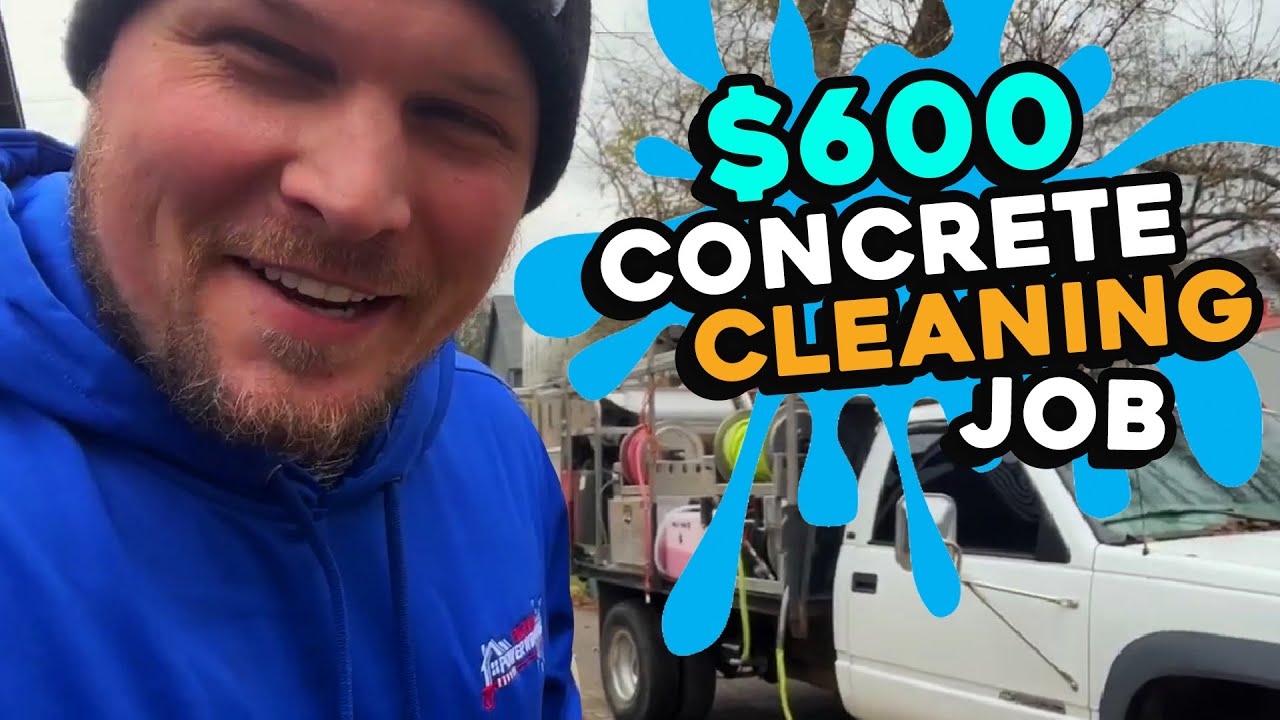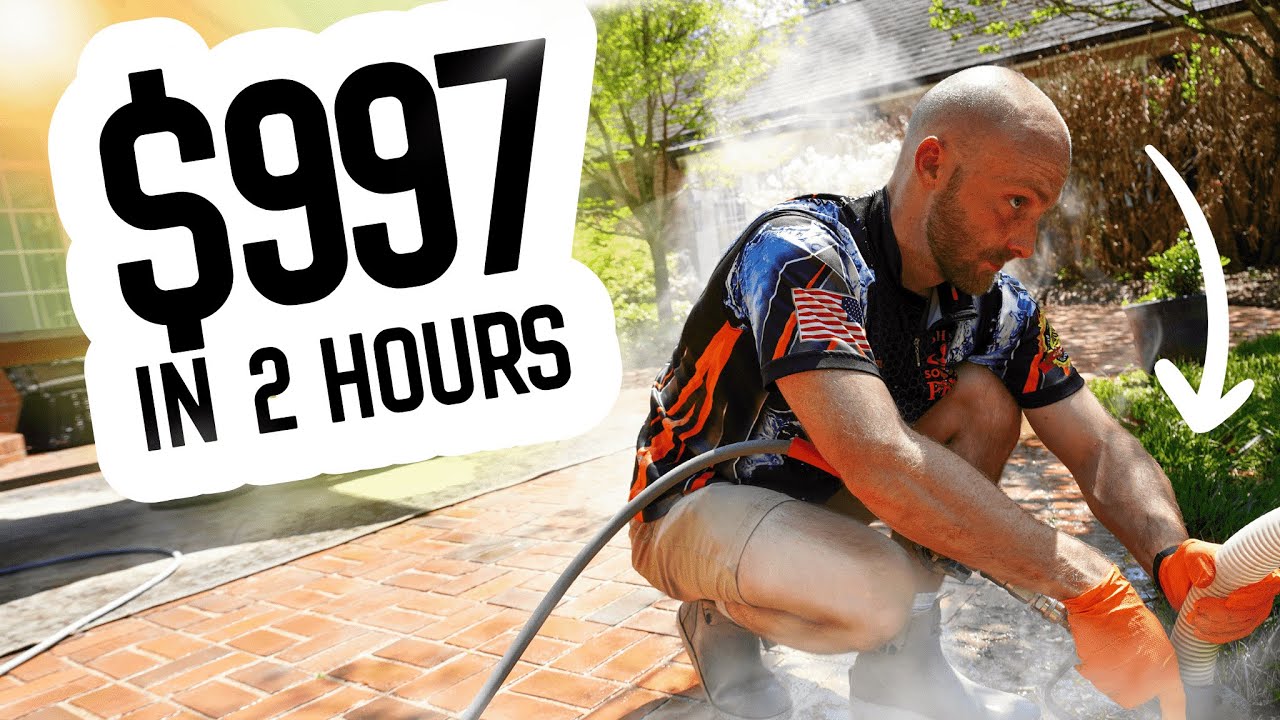What’s up, Lean and Mean crew! If you're brand new to the pressure washing or softwash game—or even if you've been at it for a while—there’s one line you need to learn:
“Bleach won’t cut it.”
There’s a huge difference between cleaning and restoration, and if you don’t know the difference, you're likely leaving serious money on the table. Worse, you could be damaging property and risking insurance claims because you’re using the wrong chemicals or equipment for the job.
In today’s post, we’re diving deep into what makes restoration completely different from cleaning—and why you need to be charging double or even triple your regular rates when tackling these types of jobs.
But before we get into it, if you're truly looking to level up your game—especially when it comes to chemical knowledge and soft washing the right way—you need to check out the Softwash 101 class from Southeast Softwash. It’s one of the best foundational programs in the business, especially for learning chemical safety, ratios, and techniques that prevent you from making costly mistakes.
Cleaning vs. Restoration: Know the Difference
Let’s break it down real simple:
Cleaning
✅ Uses sodium hypochlorite (SH) and a surfactant
✅ Targets organic matter (mold, algae, mildew)
✅ Relatively straightforward
✅ Charged at regular cleaning rates
Restoration
⚠️ Uses specialized chemicals (rust removers, degreasers, acids)
⚠️ Targets inorganic stains (rust, oil, oxidation, graffiti)
⚠️ Requires chemical expertise and experience
⚠️ Should be priced 2X–3X higher than standard cleaning jobs
Types of Restoration (And What You Should Charge More For)
Let’s talk about six major restoration jobs that pop up constantly in this business. These aren’t your average "bleach and surfactant" jobs. These require knowledge, proper chemical selection, and in many cases, extreme caution.
1. Mud & Clay Stain Removal
Seen a brick house splattered with red clay stains from roof drip lines? That’s not coming off with bleach or a pressure washer.
🧪 Use: Mud May Day (Southeast Softwash)
💰 Charge: 2–3X cleaning rate
2. Rust Removal
Whether it’s from fertilizer runoff, metal leaching, or pop-outs in concrete, rust removal needs real chemicals.
🧪 Use: Rust Rescue (Southeast Softwash)
📦 NOTE: Comes by the pallet only—it's that strong
💰 Charge: High-ticket service, often $500–$1,500+
3. Efflorescence Removal
That white, salty, chalk-like build-up on block walls? That’s efflorescence. Bleach won’t touch it.
🧪 Use: Efflo-Go
🧠 Tip: Learn dwell times and rinse methods
💰 Charge: Hundreds to thousands depending on size
4. Graffiti Removal
Cities, commercial properties, and high-traffic areas deal with this all the time.
⏱️ Often needed urgently
🧪 Requires specific removers depending on paint type
⚠️ Be careful with oxidation on stucco—don’t strip it!
💰 Charge: $500–$2,000+ for fast, emergency removal
5. Gutter Stripe (Tiger Stripe) Removal
This one’s slept on, but it’s a solid upsell opportunity on residential jobs.
🧪 Use: Gutter Guard (oxidation remover)
⚠️ Don’t let it dwell too long—it’ll peel the paint!
💰 Charge: Add-on pricing or full service ($200–$600)
6. Oil Removal from Concrete
Old oil stains from driveways or commercial properties? These require serious degreasers.
🧪 Use: Dynamite Degreaser
🔥 Hot water helps, but even cold water can work with the right chem
💡 Rule: Never overpromise—some oil may never fully lift
💰 Charge: High-end spot pricing
Why You Need the Right Training
Most beginners mess up because they treat restoration like cleaning—and that can destroy surfaces and trigger insurance claims.
If you're serious about doing this the right way, the Softwash 101 class at Southeast Softwash is a must. You’ll learn:
✅ What chemicals to use for different stains
✅ How to mix and apply them safely
✅ What surfaces can (and can’t) handle certain chemicals
✅ How to price each type of job accurately
Whether you’re solo or building a team, this class will make sure you don’t learn the hard way—like so many backyard chemists have before.
Real Talk: Don’t Be the Cheapest in Town
Your expertise has value. When you know your chems, your ratios, and how to tackle restoration safely and efficiently, you can—and should—charge more.
Remember:
“It’s not cleaning. It’s restoration.”
So charge like it. Operate like a pro. And most importantly, train like a pro.
👉 Check out Softwash 101 from Southeast Softwash
Final Word
If you’ve ever wondered why some guys hit six figures fast and others spin their wheels—it usually comes down to education and execution.
So go ahead:
-
Take that Softwash 101 class
-
Study up on restoration chems
-
Charge like a pro
-
And remember… bleach won’t cut it 🧼❌
Now drop a comment below: "Bleach won't cut it" and LET'S GO, BABY!
Need help with more restoration topics or pricing breakdowns? Let me know in the comments or DM me. I’m here to help you scale!


